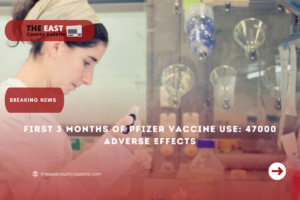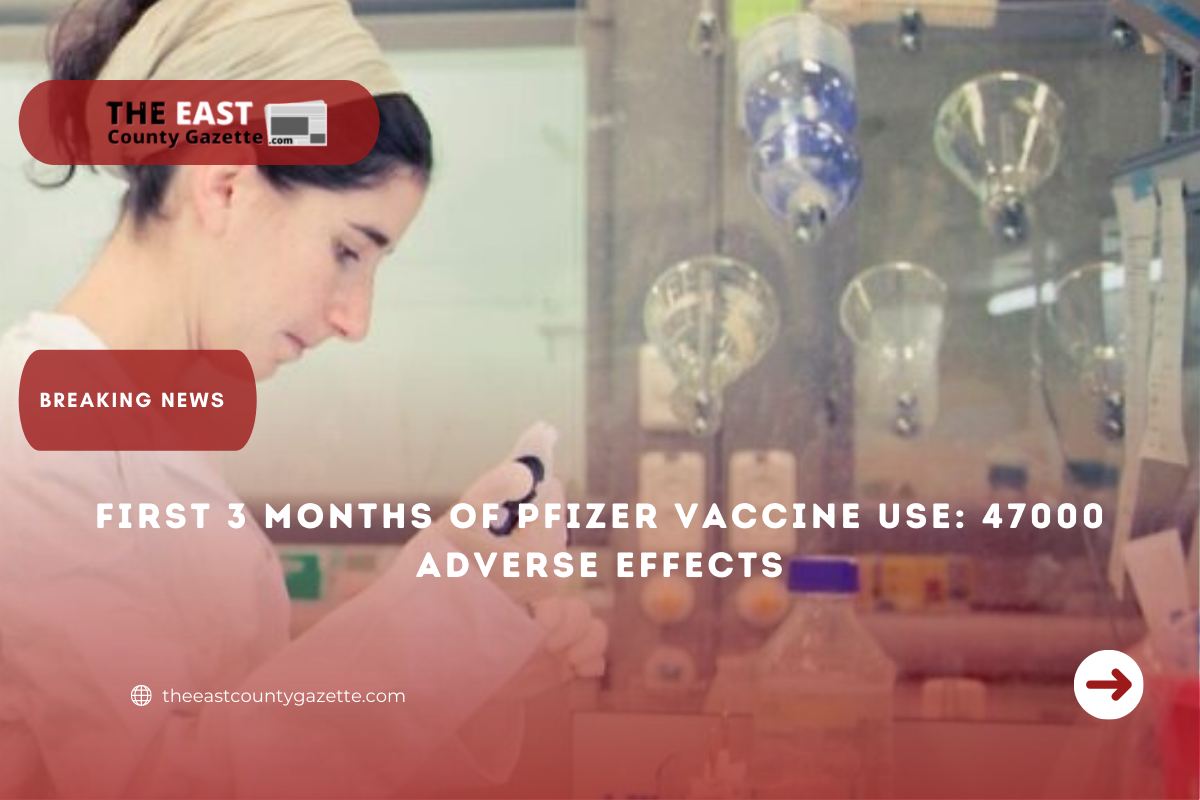In response to a freedom of information request, Pfizer began disclosing information about the safety of its vaccines, as mandated by a court ruling. There has been some analysis and dissemination of the first three months’ worth of data.
First-quarter figures from Pfizer show 47000 adverse reactions and 127 deaths. With the Vaccine Adverse Event Reporting System (VAERS) in mind (VAERS). Pfizer and Moderna vaccines are currently being provided to patients.

Reporting on VAERS data was lacking.
As an MMWR Early Release, this document was made available to the public on February 19, 2021.
Between December 14, 2020 and January 13, 2021, the US provided a total of 13,794,904 doses of COVID-19 vaccine; 8,436,863 (61.2 percent) of those doses were given to women.
There were 6,994 COVID-19-related adverse events reported to VAERS during this period. There were 6,354 non-serious reports and 640 serious reports, including 113 deaths (1.6 percent) among the total.
VAERS, a spontaneous reporting system, and v-safe (an active surveillance system) were used throughout the initial deployment phases of the COVID-19 national immunization program to monitor the safety of these vaccinations, the most extensive and comprehensive in the U.S. history.
Here is the VAERS online vaccination and adverse effects data for 2021 and 2022.
During the analytic period, 4.5 cases of anaphylaxis per million doses of COVID-19 vaccines were reported, which is within the range reported after receiving inactivated influenza vaccine (1.4 per million), pneumococcal polysaccharide vaccine (2.5 per million), and live attenuated herpes zoster vaccine (9.6 per million).
There were 113 reports of death following COVID-19 vaccines, two-thirds of which happened among residents of LTCF. LTCF populations have a high rate of all-cause death because of the prevalence of underlying medical problems.
Over 7,000 deaths are projected among the nearly 1 million inhabitants of long-term care facilities (LTCFs) vaccinated in the first month of the U.S. COVID-19 vaccination campaign because of expected rates of background mortality.
COVID-19 vaccinations resulted in the reported deaths of 78 LTCF residents, with about one-half occurring among those who had entered hospice or had a do-not-resuscitate (DNR) order.
LTCF residents who died after receiving the COVID-19 vaccine had reported causes of death that are in line with the overall mortality rate expected in this particular demographic.
Adverse reactions to vaccines can include:
Acute kidney injury
Acute flaccid myelitis
Anti-sperm antibody positive
Brain stem embolism
Brain stem thrombosis
Cardiac arrest
Cardiac failure
Cardiac ventricular thrombosis
Cardiogenic shock
Central nervous system vasculitis
Death neonatal
Deep vein thrombosis
Encephalitis brain stem
The Lancet published a six-month trial of mRNA vaccinations.
Between Dec. 14, 2020, and June 14, 2021, VAERS and v-safe. The VAERS reports were categorized as non-serious, serious, or dead. It was decided to base reporting rates on how many COVID-19 dosages were provided.
For reactogenicity, severity (mild, moderate, or severe), and health consequences, we examined v-safe survey reports from days 0–7 following vaccination (i.e., unable to perform normal daily activities, unable to work, or received care from a medical professional).
For the past six months, here are the findings.
298 792 852 mRNA vaccinations were given in the United States during the study period.
VAERS received 340 522 reports, of which 313 499 (92.1%) were deemed non-serious, 22 527 (6.6%) were deemed serious (non-fatal), and 4496 (13.3%) were deemed fatal by the agency.
After the second dose, more than half of the 7 914 583 v-safe participants reported experiencing local and systemic reactogenicity, with the latter occurring more frequently than the first (4 644 989 [686 percent] of 6 775 515 participants for local reactogenicity and 3 573 429 [527 percent] for systemic).
Days 0–7 were the most common time for participants to report injection-site pain, fatigue, and headaches. Injection-site pain was reported by 6 775 515 participants after dose one and by 3 890 848 participants after dose two, representing 68.6 percent of the total participants.
Fatigue was reported by 2 295 205 participants after dose one and by 3 158 299 participants after dose two, representing 55.7 percent of the total participants. The day after immunization, minor responses were recorded the most commonly.
One 821 421 [32.1%] individuals reported being unable to work, perform routine activities or seek medical care following the second dose, compared to 808 963 [11.9%].

